Social is anything but an entertainment platform. It’s a place where businesses are sharing engaging content to grow their online presence and acceptance. Social is a cost-effective and prompt channel for businesses to connect with their audience.
Social media statistics show over 4.26 billion people are engaged in various social platforms. Catering to platforms like Facebook, Instagram, Twitter, LinkedIn, etc., is the best way to reach a large audience and engage them.
Social media content can go a long way in making customers happier. And happy customers stay loyal and contribute to business revenue.
Customers feel that the brand is open to listen to their opinions, thereby building trust. They are more likely to buy from and stay with brands that communicate with them on an open channel.
If you want to harness the power of social media content for customer success to enhance loyalty, leading to a rise in customer success rates, read on.
Table of Contents
1. Leveraging user-generated content (UGC)
No wonder, modern businesses are including social in their revenue marketing and customer success strategies. This allows them to enhance brand awareness, stimulate engagement, and foster a sense of community around the brand.
And the most prominent of all is UGC creator. It is a powerful strategy for social media content marketing when aiming to boost customer success. It is a type of content form, including videos, photos, reviews, blogs, and social media posts that users create and features a brand or a product.
Here’s how to use UGC effectively
Customer advocacy: When users create and share content about your product or service, they endorse your brand to their followers. This free advertising can reach new audiences and reinforce brand values, showcasing customer satisfaction to prospective customers in an organic way.
Authenticity and trust: UGC is perceived as more authentic and reliable than traditional marketing methods since it originates directly from users, not the companies trying to sell their products or services.
User-generated content contributes to the organization’s brand image and eventually revenue as it represents genuine customer experience survey, opinions, and emotions. If you’re not entirely sure what UGC is or how to incorporate it effectively in your brand strategy, this detailed guide on what is user-generated content can be a great starting point.
This form of authentic content enhances customer trust in a brand because it comes from real customers and is perceived as unbiased.
Fosters a community: When multiple users echo the same thought, they often create a camaraderie that turns the community around a brand. When customers see others sharing their experiences with a brand, they may feel a stronger connection to the brand and its community. Also monitoring the customer satisfaction index provides insights for enhancing customer experiences and refining brand strategies.
Let’s check out the companies leveraging UGC.
GoPro
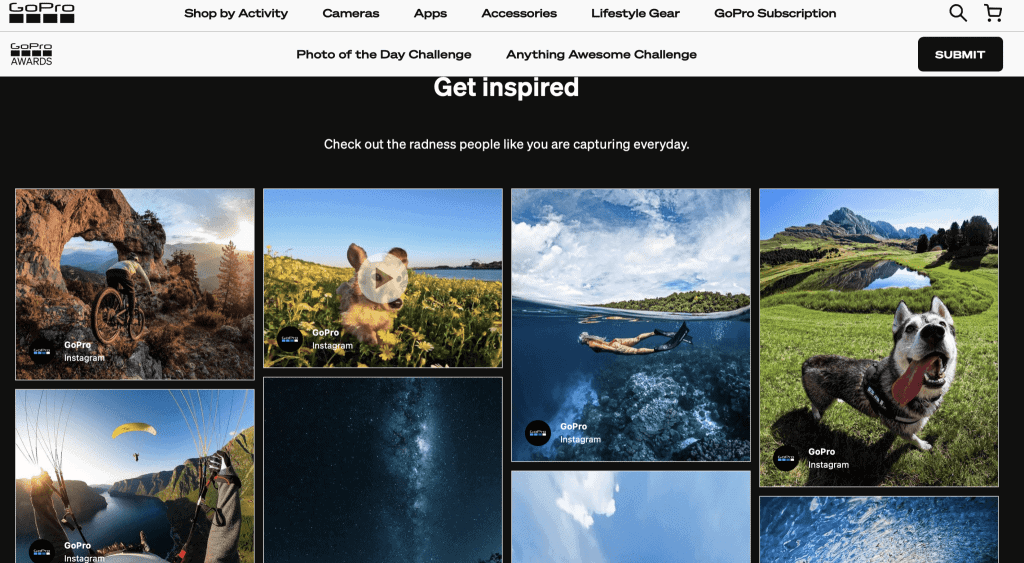
The camera company GoPro actively encourages users to share videos taken with their products on social media using specific hashtags. GoPro regularly shares this UGC on its social media channels, effectively showcasing the capabilities of its products through the experiences of actual users.
Starbucks

Starbucks launched its White Cup Contest, asking customers to doodle on their Starbucks cups and share pictures on social media. This campaign generated a lot of buzz, creating a sense of community among Starbucks patrons and resulting in a lot of free publicity for the company spotlighting customer success.
Bonus: You can add campaign hashtags and keywords to Keyhole. It will collect all UGC posts for you and even present it in a media wall that you can showcase in your website.
Social listening involves monitoring digital conversations to understand what customers say about a brand and its industry online. It goes beyond just monitoring social media platforms for brand mentions and hashtags. It includes an analysis of context, sentiment, and the overall customer experience strategy.
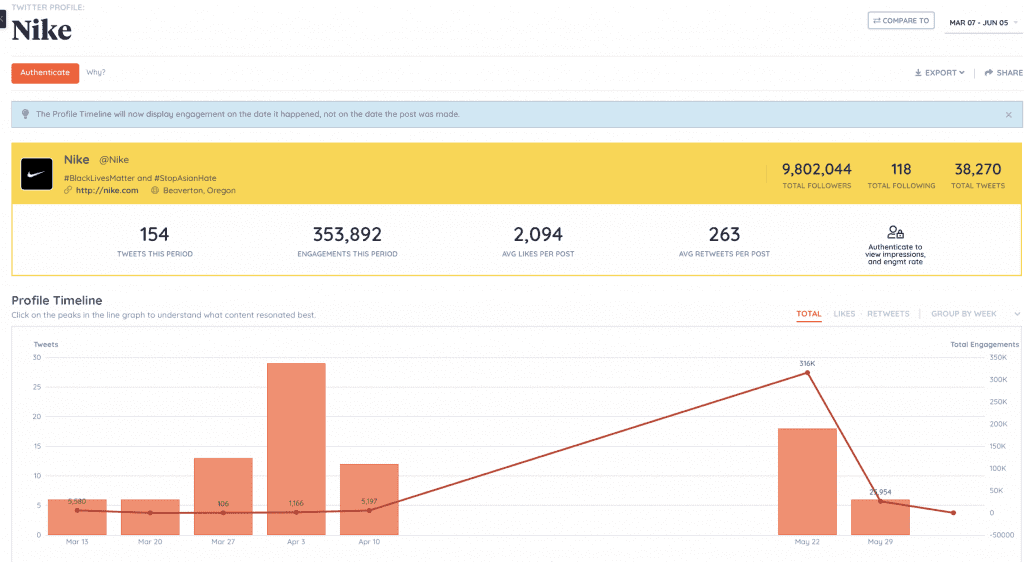
Often, social media managers leverage social listening tools like Keyhole to track certain #hashtags, @mentions, and much more. Keyhole helps brands learn their impact online.
Marketers can keep a tab on competitors and industry trends and engage with their audience in real time. They can effortlessly aggregate data from different social accounts and perform in-depth competitor analysis on one dashboard.
Key tips for using social listening for customer success
Competitive analysis: Move beyond monitoring conversations around your brand and track competitors. Knowing what customers appreciate or criticize about competitors can help you offer better solutions that relate to customers’ experiences.
Proactive engagement: Do not wait for customers to come to you with problems; social listening opens portals for proactive engagement. Spotting potential issues before they escalate can prevent customer dissatisfaction, emphasizing how you put customer success on a pedestal.
Customer service: Engage in active social participation when customers turn to social media to voice their complaints. This can help quickly respond to these concerns, solve problems promptly, and demonstrate to customers that they are valued and heard, knowing their success is yours. You can even use customer service chatbot for this as well.
Let’s have a look at brands that excel at this.
JetBlue Airways

This U.S.-based airline has a dedicated social monitoring team for all platforms, 24/7, responding to customer queries, complaints, and compliments. Their swift and effective response to customer interactions has significantly boosted their brand image and customer satisfaction.
Lego

This toy-production company uses social listening to create new products based on customer feedback. For example, they noticed a trend in adult fans using Lego blocks for stress relief. They picked up on this and launched a product line targeted towards adults, which included complex building sets designed as relaxing activities.
3. Driving customer engagement and advocacy
Businesses leverage top-notch content to educate, entertain, and engage customers that promotes brand loyalty and advocacy. This is a testament to how your business perceives customer success, and they become your brand promoters.
A continuous cycle of engagement and advocacy results in customer success, as satisfied customers are likely to contribute to the company’s growth through repeat purchases and referrals.
Quick tips on how to implement the same
Personalized interactions: Social media content can drive personalized customer interactions, making them feel more valued and appreciated. Use the information collected from customer interactions, preferences, and purchases to craft messages that resonate at a personal level.
Content quality: Regularly publishing high-quality content can help grab attention on social media, encouraging users to like, comment, share, or interact. This interaction can increase visibility, brand recognition, and a sense of community. You can leverage Keyhole for unlimited posting and tracking your profile analytics in one place.
Incentivization: Providing incentives for social media engagement can also foster customer advocacy. Contests, discounts for shares or referrals, and exclusive promotions for social media followers can increase engagement and make customers feel valued.
Here are some brands that have demonstrated excellence in this area.
Coca-Cola’s #ShareACoke campaign
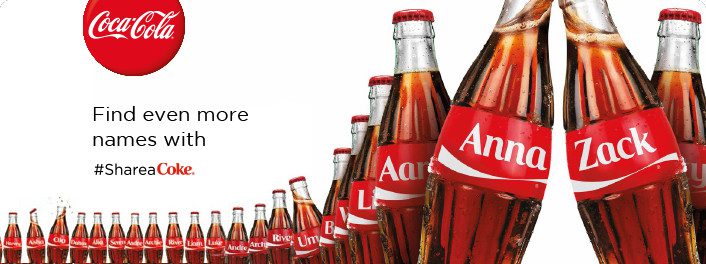
Coca-Cola created a campaign where people could personalize Coke bottles with their names. This created a lot of buzz on social media, with people sharing pictures of their personalized bottles.
Apple’s #ShotOniPhone campaign

Apple leverages user-generated content to highlight the capabilities of the iPhone camera. This strategy invites customers to engage with and advocate for the brand by sharing their content.
4. Enhancing customer support
Improving customer support also involves monitoring digital conversations as a part of a social listening strategy to understand what customers say about a brand online.
Tools such as Keyhole allow brands to track and analyze keywords, URLs, topics, and hashtags related to their business. They provide real-time insights and detailed analytics about your brand’s performance on various social media platforms, allowing businesses to spot customer queries or complaints as they occur.
Companies across the globe are effectively leveraging social media marketing as a part of their customer support strategies.
Here are some quick tips on how to leverage social media for customer support:
Be responsive: The faster you respond to customer queries or complaints on platforms like Facebook, Instagram, and across multiple WhatsApp Business accounts, the better. Quick responses on these channels make customers feel valued and heard, improving their overall experience.
Use automated responses: While personal responses are always best, automated responses can help manage customer expectations by informing them that their query has been received and will be addressed soon.
Empower your social media team: Train your team to handle a variety of customer queries and issues. They should be capable of solving problems, empathizing with customers, and effectively representing your brand.
Here are a couple of examples.
Qatar Airways

This airline is well-known for its outstanding social media customer service. When customers tweet their queries or issues to Qatar Airways Support, they usually get a response within a few minutes. They have a team dedicated to monitoring and responding to social media messages around the clock, providing real-time customer assistance.
Zappos
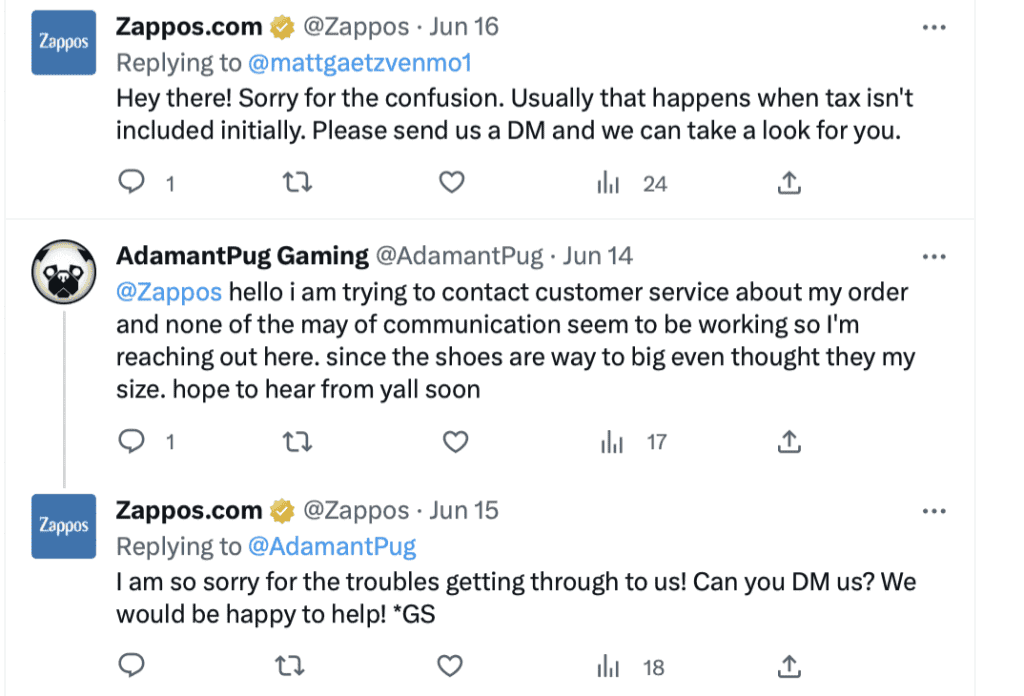
An online retailer, Zappos is famous for its exceptional customer service, which extends to its social media platforms. They maintain a friendly and open communication style, quickly addressing customer concerns and issues on social media and often going the extra mile to make customers feel heard and appreciated.
5. Tailoring customer experience (CX)
Social media offers a goldmine of customer data, enabling businesses to offer personalized experiences. By tailoring the CX, businesses can enhance customer satisfaction and loyalty, leading to higher customer success.
The customer experience (CX) is crucial in building brand loyalty and improving customer retention. With the rise of social media, businesses can gather insights and feedback directly from their customers, allowing them to tailor the customer experience to meet individual needs and preferences.
Utilizing social media data is also beneficial for customer journey orchestration. It helps businesses map out their customers’ journey and personalize each stage, enhancing overall CX.
To offer personalized customer experiences through social media, here are some tips:
Engage with customers: Regularly respond to comments, answer questions, and thank customers for their feedback. This engagement shows that you value your customers’ input and are willing to adapt to meet their needs. Feedback management software can help automate these responses at scale.
Give personalized responses: Rather than using generic responses, personalize your replies to customers. This can help build a strong relationship and improve customer loyalty.
Leverage data to enhance communication: Use the data available from social media to understand your customers’ behavior and preferences. This information can improve your products, services, and overall customer experience.
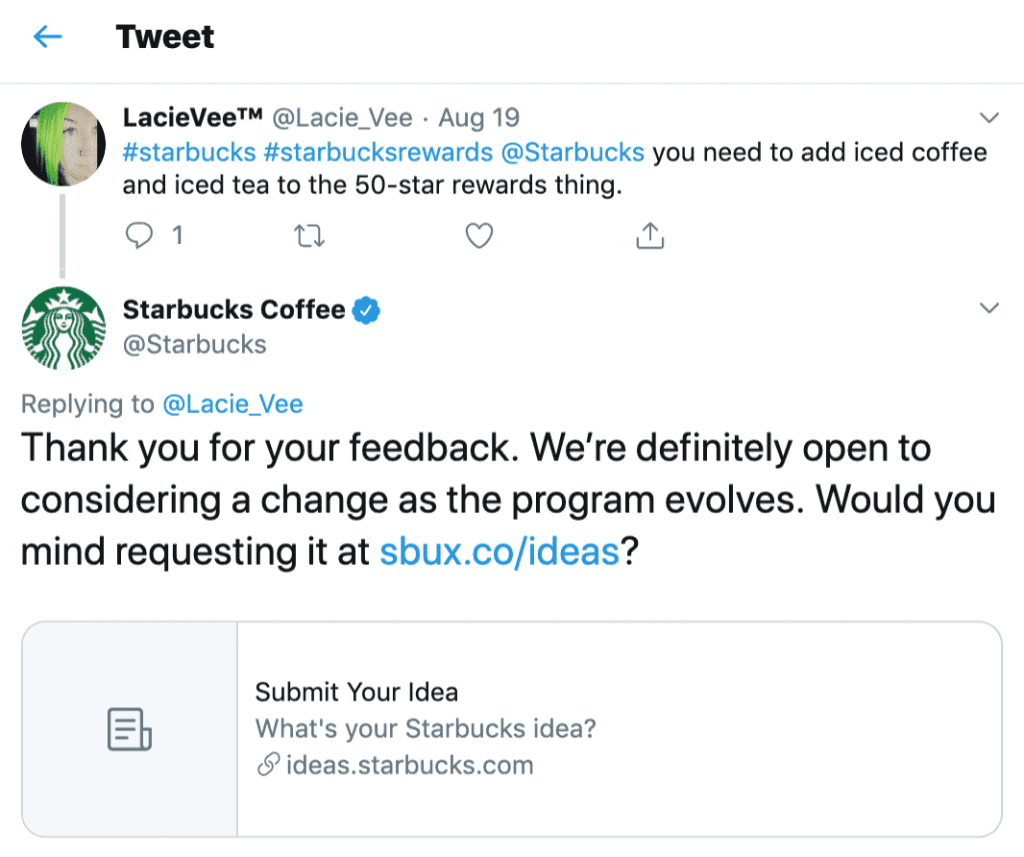
Starbucks uses social media to get feedback on new flavors and products. They also run campaigns such as “Tweet a Coffee,” where users could gift a coffee to a friend through Twitter, showing a commitment to personalizing the customer experience through social media.
Final words
In conclusion, social content’s potential to promote client satisfaction is immense. Utilizing user-generated content, social monitoring, customer service, and more can significantly elevate a business’s client success indicators and stimulate expansion in the digital era.
Remember that the secret to achieving client satisfaction is recognizing and surpassing their expectations through the experiences you provide. Tap into the strength of social media content and steer your enterprise towards new pinnacles of triumph.
If you are ready to make the switch from those outdated spreadsheets, try our Keyhole Suite. Our all-in-one social media analytics platform allows you to analyze multiple profiles, social campaigns, brand mentions, and more instantly.
Take a free trial now and unlock all the social insights you need!
Author Bio
Virginia Andrus is an independent Digital Marketing Consultant with 6+ years of marketing experience. Virginia is a chef by heart. In her free time, she is either writing marketing copies for brands and agencies or experimenting with new recipes at her home. Connect with her on Twitter: @andrus_virginia.
Related Articles:
17 Unique Social Media Campaigns To Inspire Your Own
16 Social Listening Strategies To Incorporate Into Business Strategy(+ Recommended Tools)
Frequently Asked Questions
1. How can user-generated content contribute to customer success?
User-generated content, often more authentic and relatable than brand-generated content, can significantly enhance customer engagement and trust. When customers see real people enjoying a product or service, they're more likely to trust the brand and make a purchase.
Social listening allows businesses to tune in to their customer's needs, preferences, and sentiments about their brand. This knowledge enables businesses to adjust their strategies accordingly, thus improving customer satisfaction and leading to greater customer success.
Social media platforms allow businesses to provide immediate assistance to their customers. By resolving queries and complaints promptly and efficiently, businesses can enhance the overall customer experience and increase customer satisfaction.